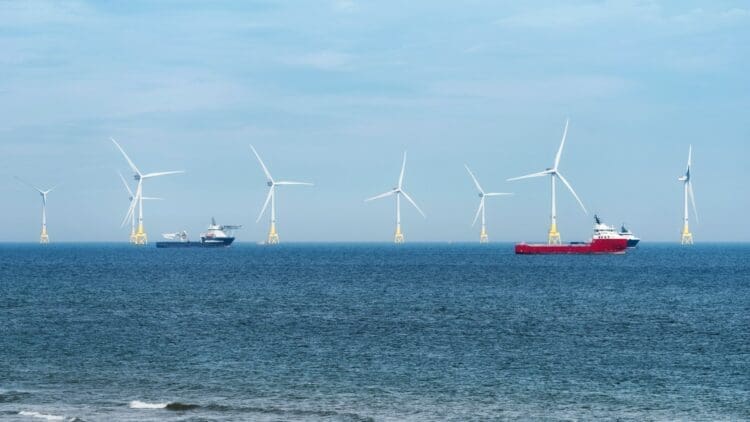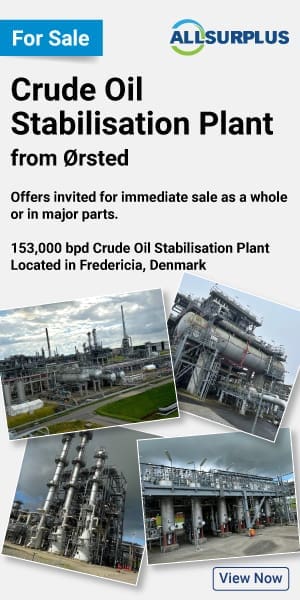The renewable wind energy sector has been experiencing significant growth over the past decade due to more and more nations turning to the untapped and underdeveloped potential that the sector has in delivering energy while keeping the global clean energy targets at the forefront of priorities. While regions like the Middle East and the United States still rely on the fossil fuel sector, Asia has emerged as a favoured destination for astonishing innovative projects that drive the international energy community towards the renewable energy markets.
Taiwan has secured the approval for a 180 MW floating wind project
Taiwan has long been living in the shadow of China, with the nation constantly under threat of a full-scale invasion by Beijing. The geopolitical issues have not dampened the nation’s ambitions for clean and renewable energy production, as Netherlands-based IX Renewables is set to commission a new 180 MW floating wind project in Taiwanese waters.
The Rui Li 1 floating wind facility will lean on the substantial expertise of its stakeholders as Taiwan aims to increase renewable energy capacity over the next few years. The myriad of interested parties came together at the recent Energy Taiwan 2025 renewable energy and net-zero trade show, and agreed on terms to advance the project beyond the planning phase towards actual, on-the-ground commissioning.
Asia’s renewable energy market has grown exponentially over the past decade
The news that Taiwan is planning to expand its renewable energy capacity is not a singular stance, with other Asian nations also boasting substantial investments in solar and wind power projects. China produces the vast majority of the world’s solar panels, and India has a foothold in the sector as well. With the loss of Russian energy resources due to the new wave of sanctions, the renewable energy sector is perfectly positioned to become a force in the international energy market.
Asia Cement Corporation has jumped on board the Rui Li 1 project
Asia Cement Corporation has agreed to serve as a sponsor for the planned 180 MW floating Rui Li 1 wind project. Dutch company IX Renewables is the major stakeholder, with Japan’s GF Corporation, Hexicon, and SNOW BV playing essential roles as well. Asia Cement has agreed to serve as the principal sponsor for the project, leveraging its vast construction expertise.
“By combining Taiwan’s strong industrial foundation with IX’s international offshore wind experience, we can jointly bring floating wind technology from vision to reality.” – Eric Kamphues, CEO of IX Renewables
The Rui Li 1 project will be located off the coast of Hsinchu County at water depths of 70–95m, and will feature 12 turbines spinning at maximum speed to increase renewable energy production for Taiwan. The expectation is for the wind farm to generate roughly 833GWh of electricity annually, which is enough juice to power 205,000 households.
As other Asian nations call on their wind sectors to increase local manufacturing, Taiwan is set to become a dominant force in the region’s renewable energy sector. The Rui Li 1 facility is expected to be commissioned in 2029, just in time to assist Taiwan in its clean energy goals.
Taiwan’s plans to boost the sector are a far cry from the happenings in the US
The United States has effectively gone backwards in its progress in the renewable energy sector, with Learnewable releasing a report that tracks permitting and U.S. state-level sentiment. The report notes that the current administration’s perception of the wind sector is not favorable at all, with Donald Trump rolling back the progress made during the last administration in boosting the wind sector in the United States. Taiwan, on the other hand, is fostering international investment in its wind sector, underscoring the nation’s commitment to evolving its energy sector.





